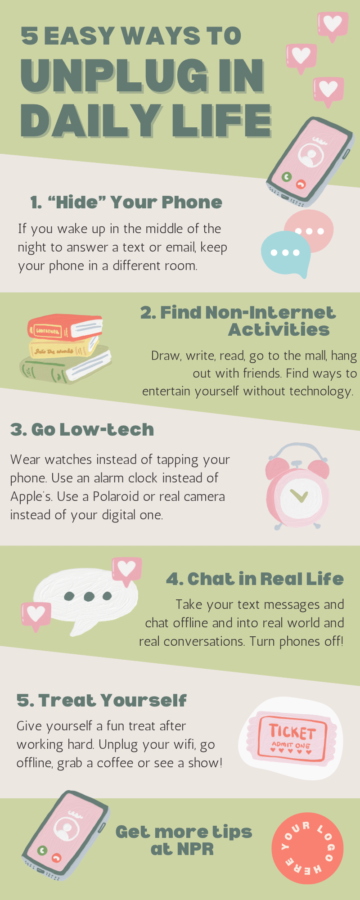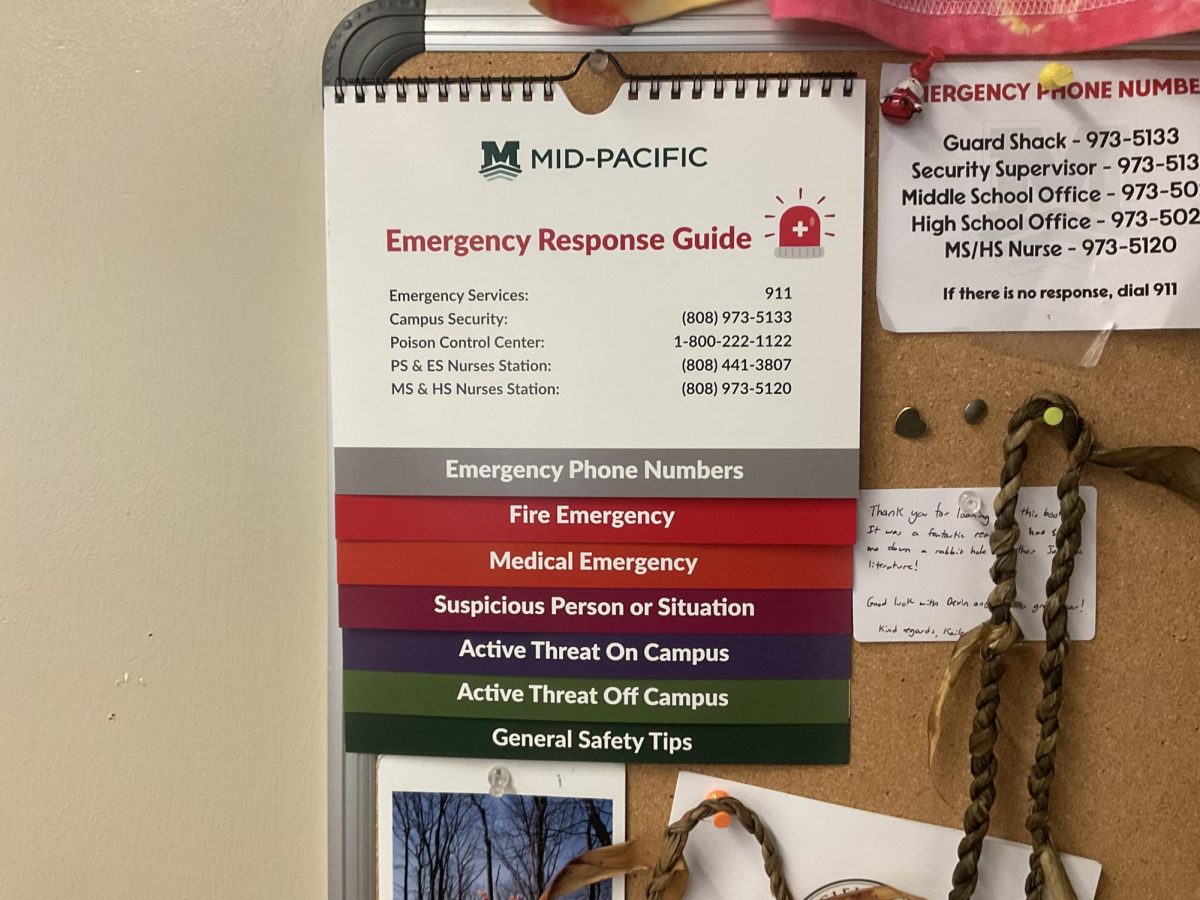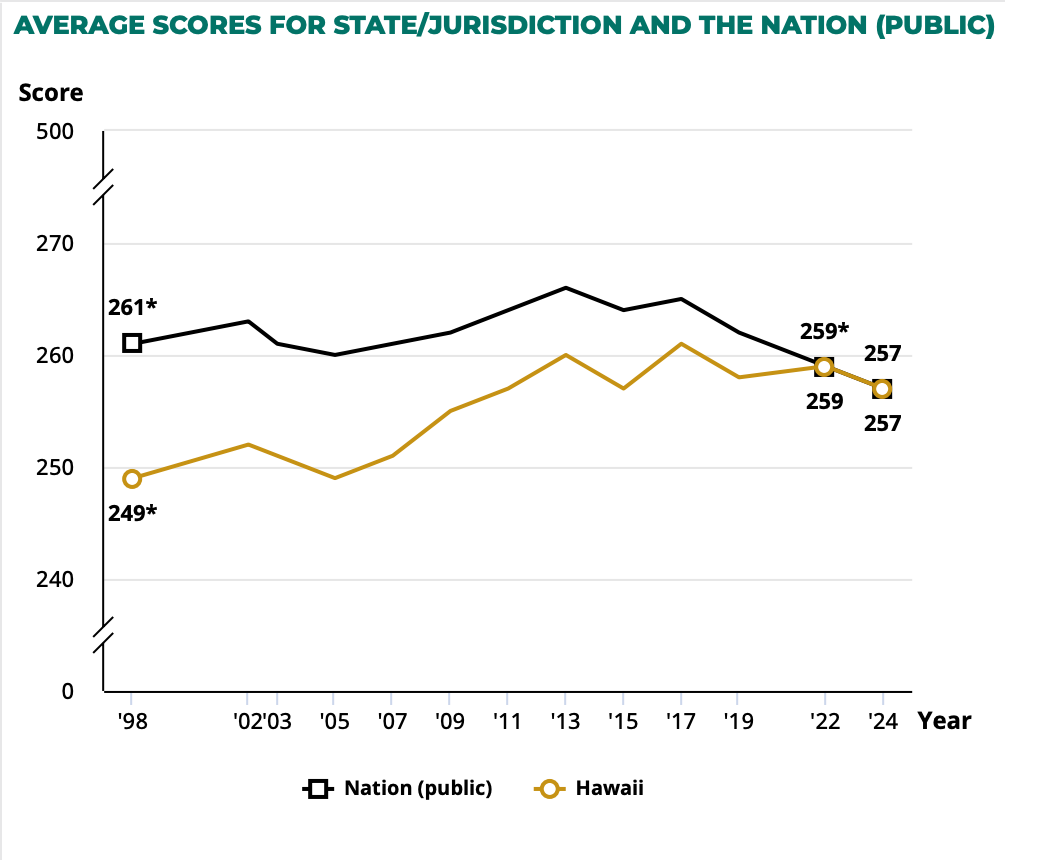Teen Addicts: The Dangers of Being Chronically Online
March 28, 2023
The phenomenon known as nomophobia has taken hold of 70% of evaluated smartphone users in 2022, and this number is rapidly on the rise.
Nomophobia, or fear of being without a phone, is without a phone.
In a study conducted by BMC Psychiatry, the vast majority of survey participants suffered from this fear.
This seemingly harmless phobia has dangerous side effects that are extremely apparent in adolescents, Mid-Pacific Director of Technology Brian Grantham believes.
“As an adult, whatever decisions you make, you end up living with those decisions, right? If you want to be on your phone all day and not do your schoolwork, and you don’t pass your classes, these are now issues you as an adult have to face,” Grantham said. “When you’re an adolescent and you’re still at home, mom, dad, or guardian(s) want to help.”
But having parents around to monitor teenagers’ productivity does not mean they are immune to the rest of technology’s dangers.
Adam Alter, professor of marketing at New York University Stern School of Business, says that research links smartphone usage overuse to a wide array of physical and mental health issues including fatigue, heightened depression, and anxiety.
“Phones suck away attention, tempt us to drive and walk dangerously, and expose us to online callousness and bullying,” Alter said in an interview with TIME.
Despite the risks, many students still waste hours upon hours on their phones.
“My daily average of screen time is nine hours,” junior Kaitlin Yoshihara said.
Nationally, 42% of teenagers spend 30 hours on their phones every week. Annually, up to 1500 plus hours, the Guardian states.
Further, The National Library of Medicine’s surveys have revealed that smartphone addiction is found to correlate with loneliness, as well as anxiety and depression.
“I go on my phone 24/7,” freshman Megan Yoshimoto said. “It distracts me from getting my assignments done, I use it for communication and entertainment during school hours, and being without it gives me anxiety.”
According to Statista’s data, 147 minutes spent on a phone in a day are dedicated to social media, despite its toxic contents.
In 2017, 14-year-old Molly Russell committed suicide after viewing content on suicide, depression, self-harm, and anxiety on Instagram and Pinterest.
When presented with the case in court, Senior Coroner Andrew Walker said the algorithms had shown Russell harmful content that she had not sought and had “romanticized” acts of self-harm, The Guardian stated in an article.
In another more recent case, 2022, mother Tammy Rodriguez sued Meta Platforms Inc. and Snap Inc., the parent companies for Instagram, Facebook, and Snapchat respectively, for failing to protect her 11-year-old daughter from harmful content that ultimately led to her suicide.
Selena Rodriguez struggled with addiction to both Instagram and Snapchat, which were found to correlate with her worsening depression, according to BBC News.
With such harmful content available, certain creators have taken advantage of that to create false posts on how to be productive, or how to truly take care of oneself, when the easiest solution is to turn off the phone.
“People have become inundated with Instagram infographics on how to take care of yourself mentally,” senior Joaquin Meija said. “What people ought to do is get off the internet and start living a life in the real world without the stress and false sense of well-being that social media provides.”








